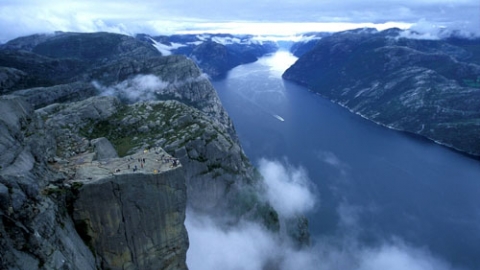I love the traditional Tet holiday. In my childhood memories, it is the time when all business activities stop, every house is decorated and decorated with flowers to welcome the New Year. Urbanization has more or less changed the old traditions: the streets are more crowded, shops are less closed for Tet and when I open my eyes, I see countless advertisements, posters from elevators to TVs with similar messages. As a native of Saigon, I often choose to "escape" Tet to find a peaceful moment.
A week of slow living in Lofoten
Having been to Norway many times, this time I decided to go to the Lofoten islands located near the Arctic Circle in February. This is a quiet time in Lofoten, as the peak tourist season is in July and August. Most of the visitors who come here this season are Northern Lights enthusiasts who want to admire or capture those magical images.

I love the quietness here, waking up every day in that space, slowly making a cup of coffee waiting for the sunrise (in this season the sun usually rises around 8am and sets around 4pm). Wearing three layers of clothes, I take my camera and wander to the harbor to watch the fishing boats return, followed by a flock of noisy seagulls hoping to find some food.
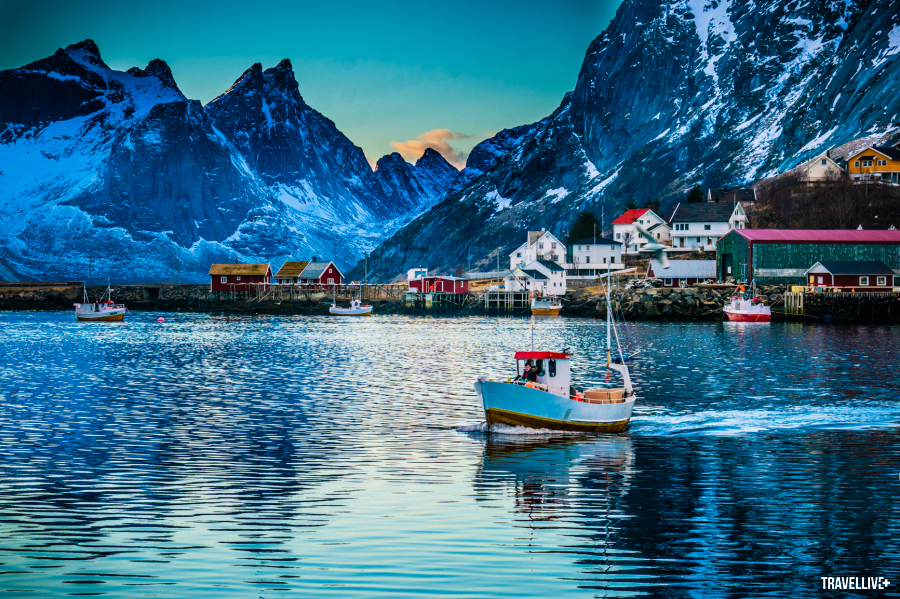
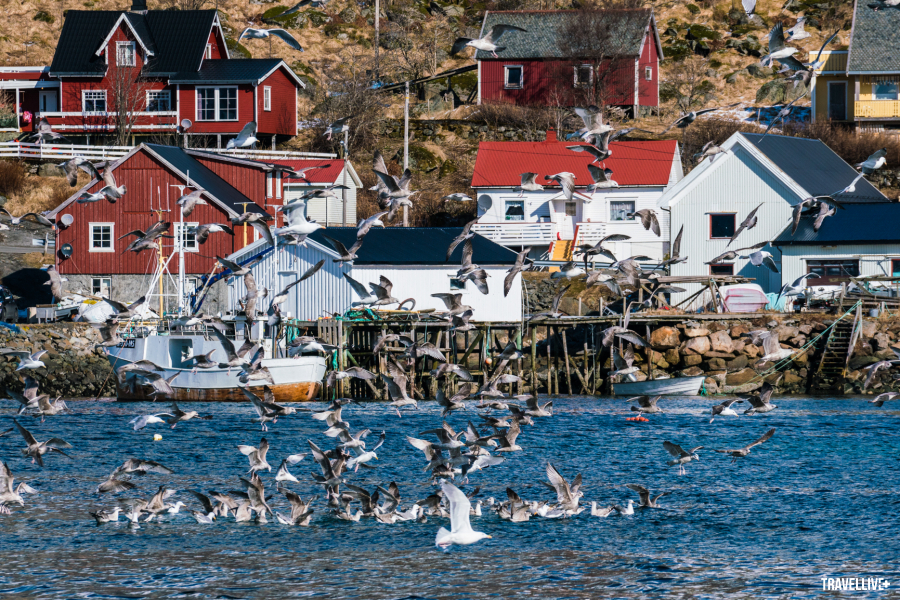
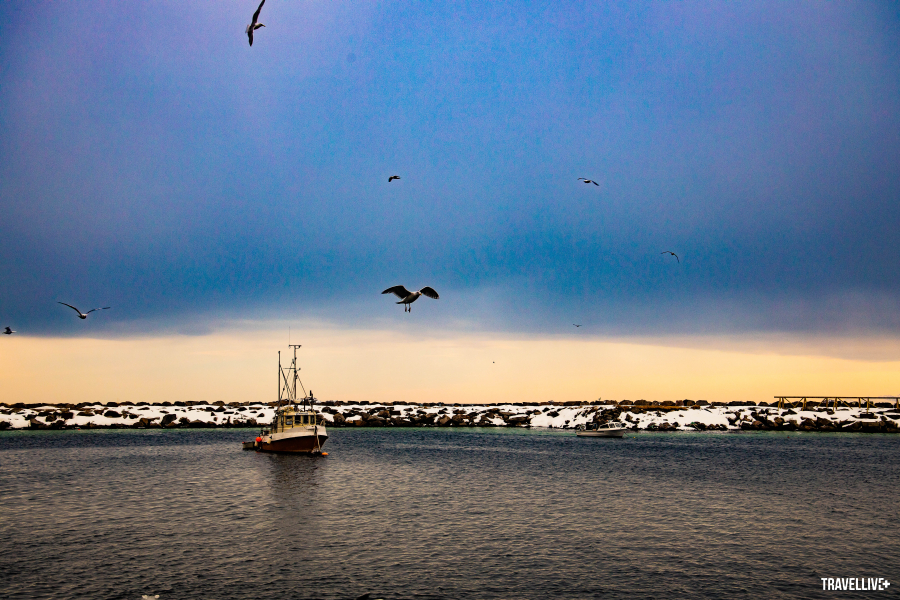
Every year, in addition to tourism revenue, these islands have a large source of income from cod fishing. Cod migrate south from the Barents Sea, gather in Lofoten to spawn, and the fishing industry has flourished since then. For centuries, Norway has been a major exporter of cod to the Nordic countries and even to the center of the “old continent”. I was lucky to have a local friend who took me to the port where the ship had just docked and bought fresh cod to cook.
Norwegian cooking is quite simple, they just put the fish in a pot to boil or steam with potatoes and eat with a little salt and pepper, because they believe that fresh ingredients should not be processed too much. In addition, another way to process cod is to dry it for a while and then bake it. Food in restaurants in Norway is quite expensive so I often go to the supermarket to buy food to cook. Norwegians also rarely eat out, unless there is an important occasion. Cod is one of the most delicious and expensive fish, but I often joke that it is one of the things that is cheaper to eat in Norway than in Vietnam.
In addition to the vast ocean that surrounds it on all sides, Lofoten also has sheep and goat farms, and steep mountain ranges that create a majestic landscape that changes with the light of day.

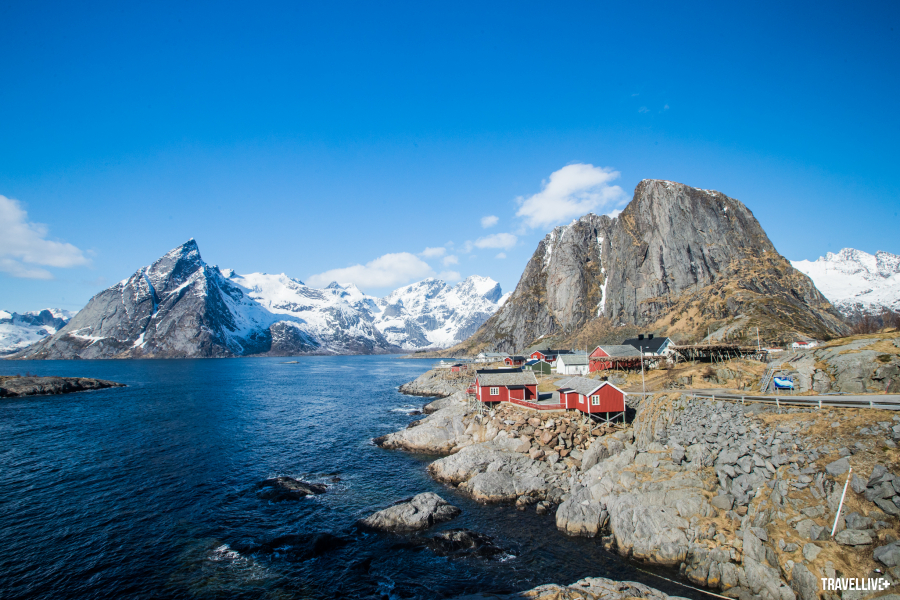
One of the typical images here is the red wooden houses with typical Nordic architecture located next to the sea, which used to be the houses of sailors, now converted into hotels for tourists. In the evening, my friend Aleksander and I often go to the beaches to take pictures of the Northern Lights. Although he is Norwegian and has seen these dancing lights countless times, for him, it is still one of the most magical scenes on this earth. It is also not easy to capture images of the Northern Lights, especially when having to operate the camera while wearing gloves, the outside temperature drops to -10oC. But once those silk ribbons of light appeared and fluttered, Aleksander and I suddenly forgot the cold, stood taking pictures, finding angles, and adjusting for an entire hour.

Days living… in the forest
After a week of slow living in Lofoten, I boarded a train to the largest city in Northern Norway - Tromso. From here, I continued north to the city of Alta, meeting up with a few friends from Vietnam to join the next leg of the journey. Alta is special because it is home to the world's first Northern Lights Observatory and is even nicknamed "the town of the Northern Lights". Another interesting reason to visit this place is the famous rock carvings of Alta - Norway's only prehistoric World Heritage Site, made up of about 6,000 carvings. However, the biggest reason we had to travel all the way here was because Alta is where Nils, a Sami (the northernmost ethnic group in Europe) reindeer herder, would take us into the forest to experience the feeling of... being in the middle of the forest.
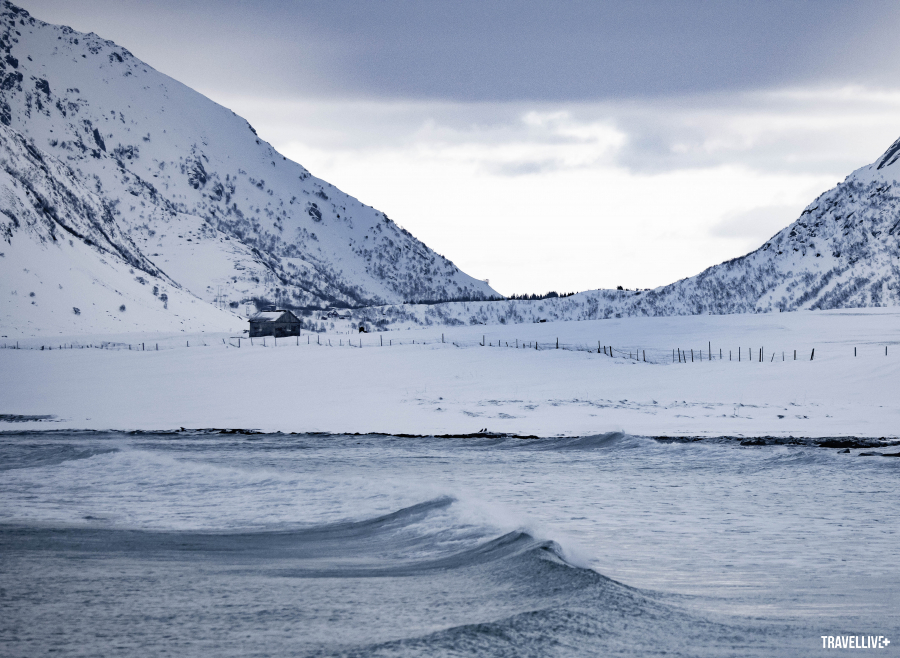
The Sami people number just over 80,000, living mainly in the remote plains of northern Norway, Sweden, and Finland. They are trying to preserve the land - the grasslands, streams, valleys, and rivers where they have herded reindeer for hundreds of years - from corporations and governments that want to take that land back to build mines and exploit minerals. Herding reindeer for the Sami is not only a job but also a way of life. Although in the past 20 years, besides changing lifestyles, climate change has also severely affected their lives.
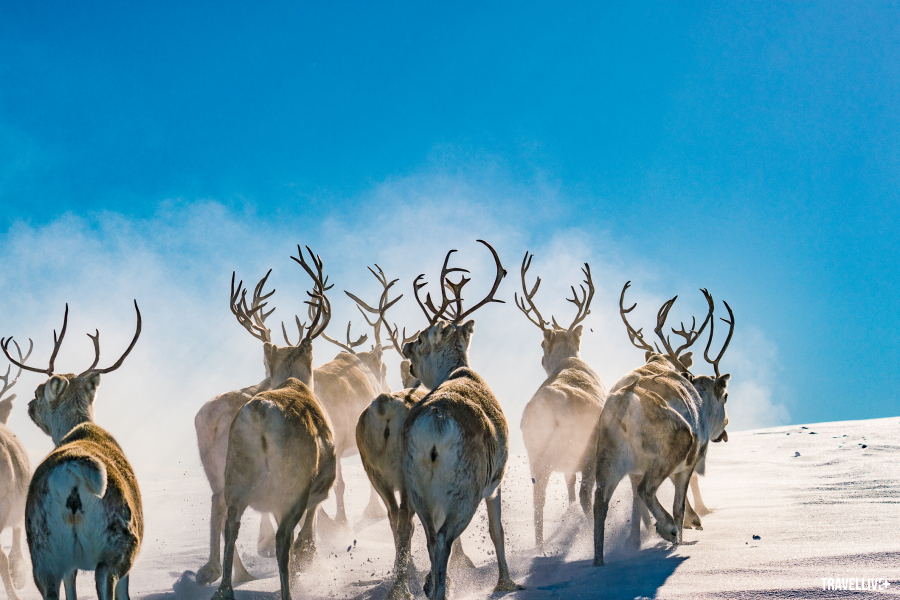
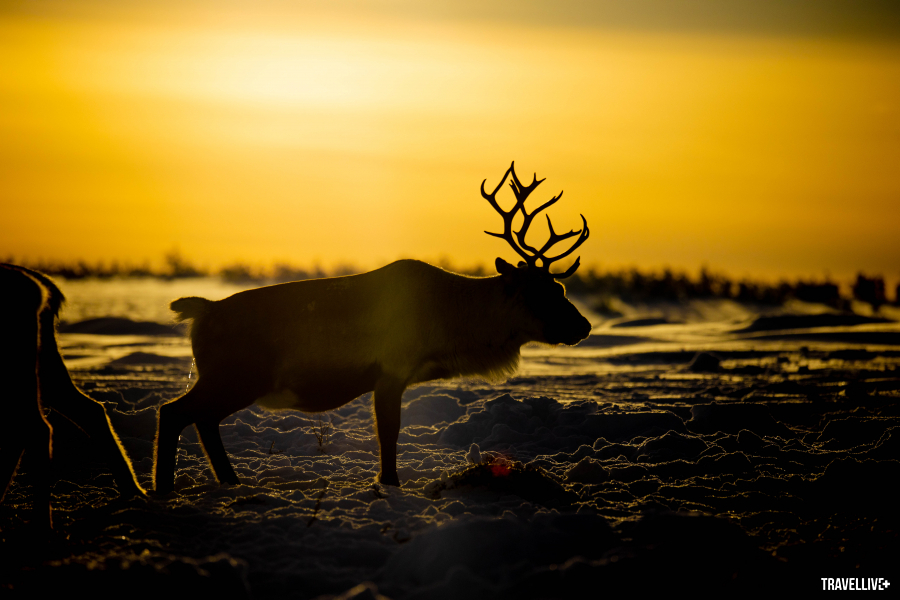
Nils, 40, has been herding reindeer since he was 16. He is proud that herding reindeer is the best job he has ever had. Life there has been very hard days, sometimes working up to 16 hours a day, but in return there is no stress or competition. Nils told me that he wants to use tourism to direct world public opinion to "help" his people preserve a unique culture with its own costumes, language, writing, and religion.
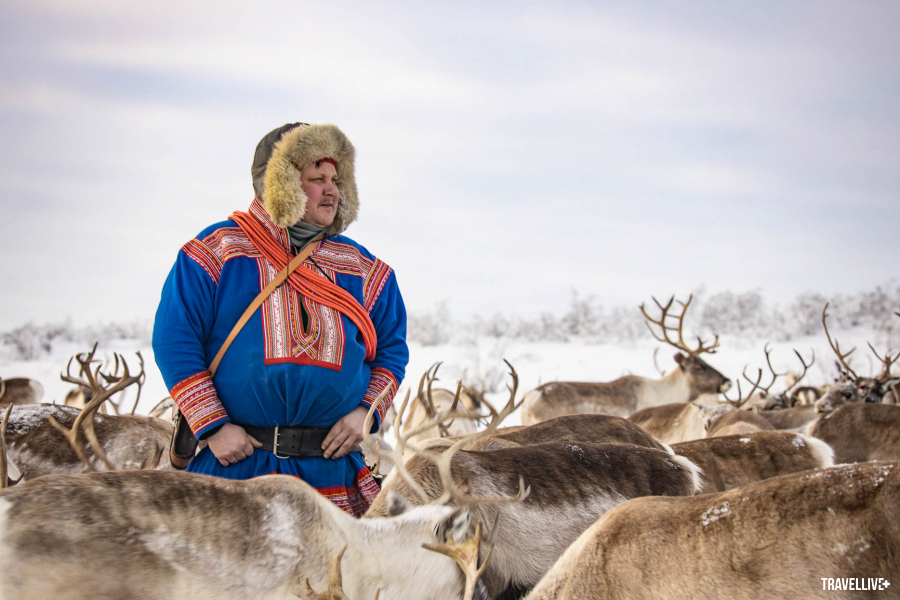
Nils with his reindeer
I became friends with Nils’ family, loved watching them herd their reindeer, and lived in a place where everyday life was heavily influenced by the weather. Here, I felt a strong connection to the world. Having to cut trees for firewood, go to the stream to get water, or kill meat showed me the impact my life had on nature in a tangible way: not electricity, heat, air conditioning, clean water that comes naturally, but I was using natural resources. Every action like forgetting to turn off the stove or wasting water, dirtying the water source, cutting down too many trees, or not properly disposing of waste will affect life right in that camp. Even killing reindeer shows that they are responsible for what they eat because it is a life. In Norway, they do it as gently as possible so that the animal can go peacefully, then salt and smoke it to preserve it. The internal organs will be left out for the foxes (considered as a return to nature), the skin and fur will be processed to be used as carpets in the tent.

Nils's cabin is in the middle of the forest, a place without electricity or phone signal, our daily work is to go to the stream to get water (so clean that it can be drunk immediately and is very delicious), set bird traps, drill ice to fish. Firewood must also be harvested in the forest, boiled water, smoked to preserve meat, the rest of the time is spent sharpening knives, sharpening axes, sharpening ice drills, and repairing furniture. Modern life for visitors like me is more convenient with gas stoves (some houses still cook with firewood), generators, chainsaws instead of axes. All the basic tasks like washing dishes or fetching water are not simple when the surrounding temperature is -10oC to -40oC.
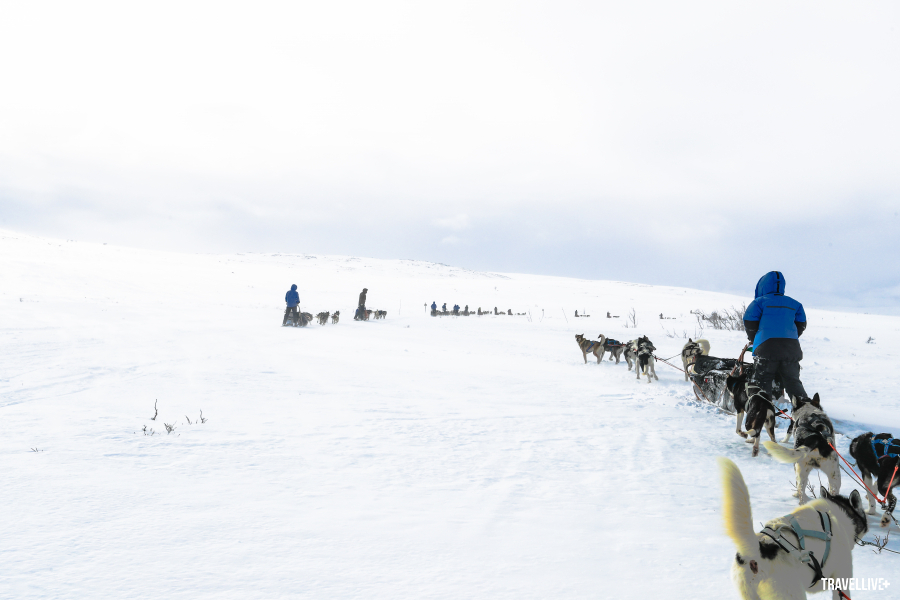
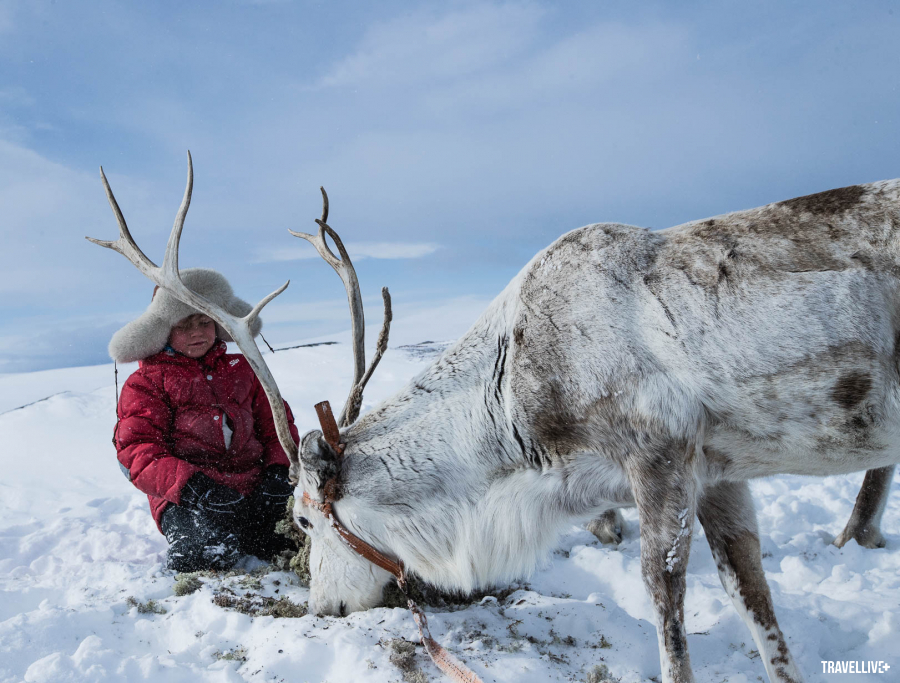
The feeling of a land hundreds of kilometers wide without engine noise or human bustle, but all there is is nature, water, fresh air and a scene like a wild survival movie is so special. Sunset, sunrise, starry sky or aurora are the most beautiful and pristine things. Even the snowflakes falling in the air are so beautiful, it makes me flutter.
I still remember when Nils took the group to visit the reindeer herd, we sat right on the snow, lit a fire, boiled the snow into water to make tea and coffee, and had breakfast with his wife's homemade bread while watching the reindeer herd leisurely in the sunset. The feeling of working with our hands and feet, chopping wood to warm up or sitting fishing was strangely peaceful. In the evening, Nils brought the reindeer bones he had slaughtered that afternoon to stew on the fire in the middle of the tent. Stewed reindeer bones (like a coffin) are an indispensable dish on the day of butchering reindeer. So, that Tet, instead of gathering around a pot of banh chung like Vietnamese families, we sat around the fire, around a pot of stewed meat and felt Tet in a different way.
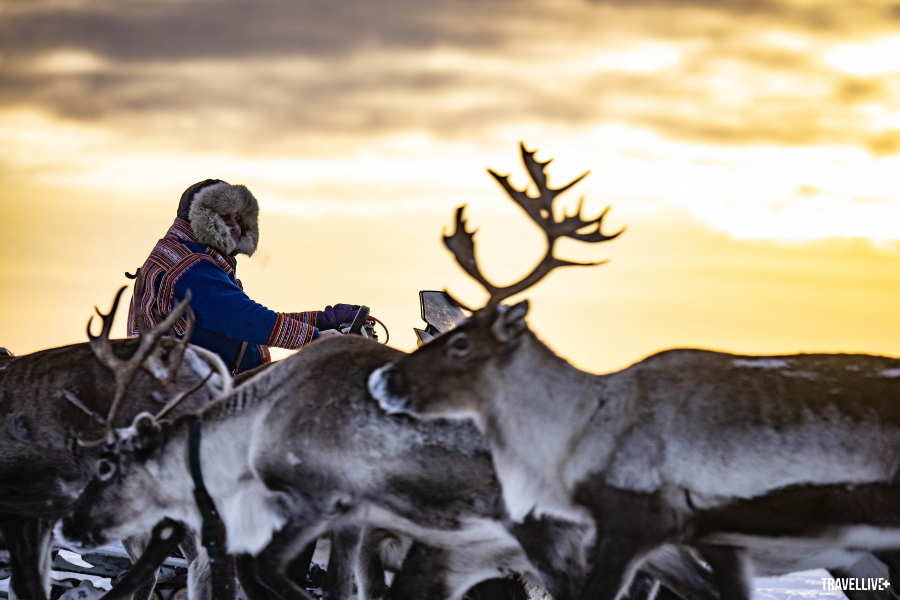
More information
- Visa: You can use a Schengen visa to enter Norway or apply for a visa at the VFS Visa Application Centre (with offices in Hanoi and Ho Chi Minh City). VFS will receive your application within 90 days before your intended departure date and it will be processed within 15 days.
- Itinerary: From Vietnam you can fly to Oslo (Norway) with Turkish Airlines, then fly with SAS to Alta to start your journey.
- Transportation: To get to Lofoten, the two most popular routes for tourists are to fly from Oslo to one of the three airports around the archipelago: Svolvaer, Narvik, Leknes and rent a car or take a bus. Narvik is the only airport of the three options with direct flights from Oslo, but it is the furthest from Lofoten. The other two airports are both close to Lofoten, but you will have to transfer in Bodo. From Narvik, you can also take a bus to Lofoten.
- Weather: If you choose to spend Lunar New Year in Norway, be aware that this is a very cold time in Northern Europe, with temperatures typically ranging from -10oC to -40oC.
- Cost: If you buy a tour to stay with the Sami people, you will have to pay 1,600 euros for 4 days, including airport pick-up, meals, accommodation, fishing, aurora photography, sleeping in a tent, and barbecue.





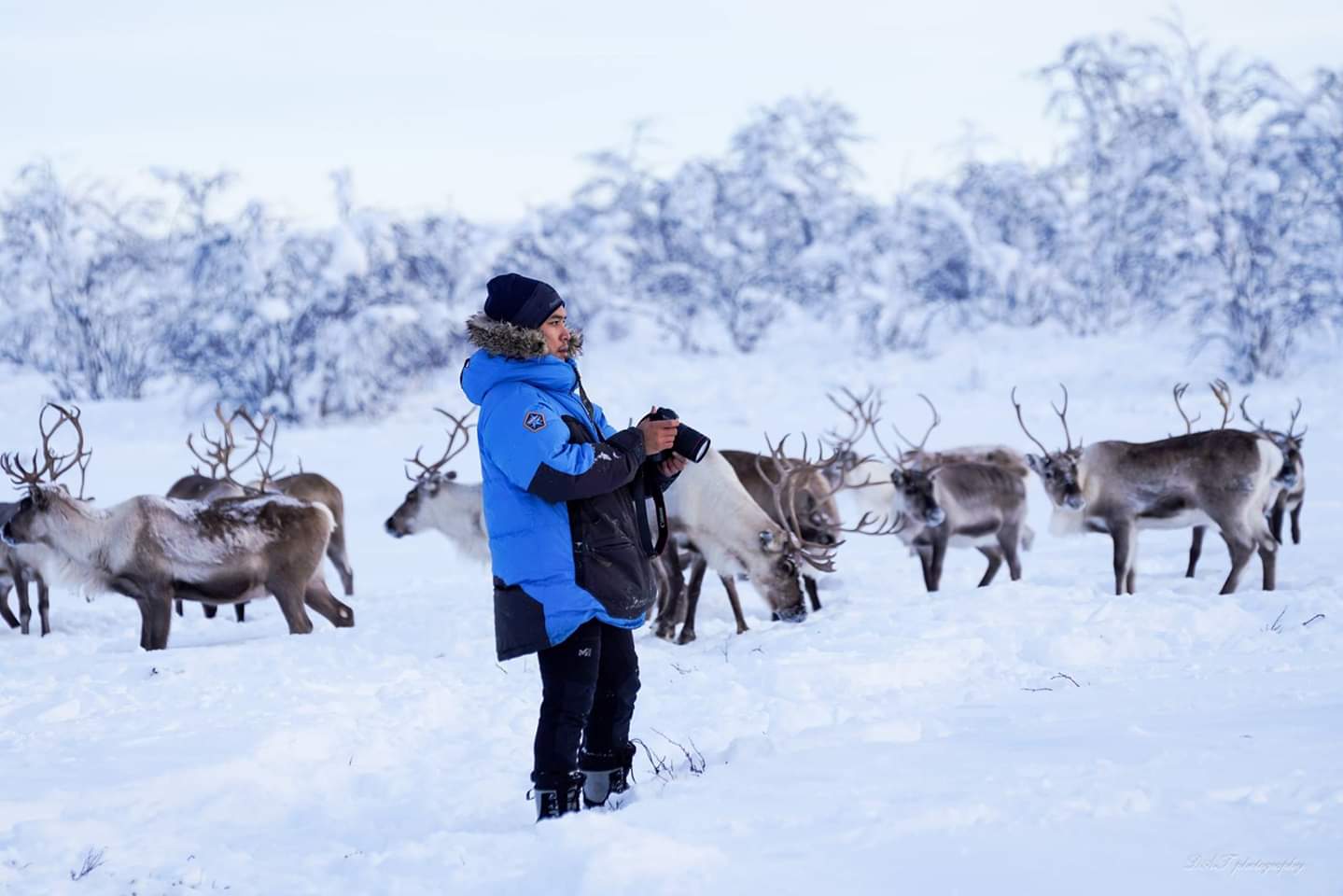












.jpg.jpg)
.jpg.jpg)





